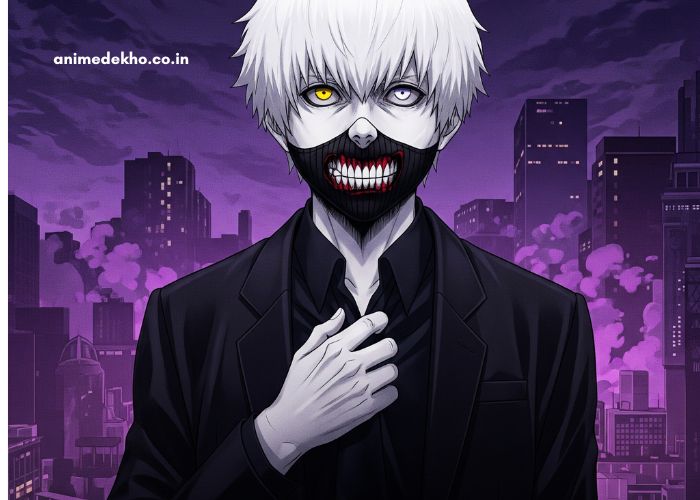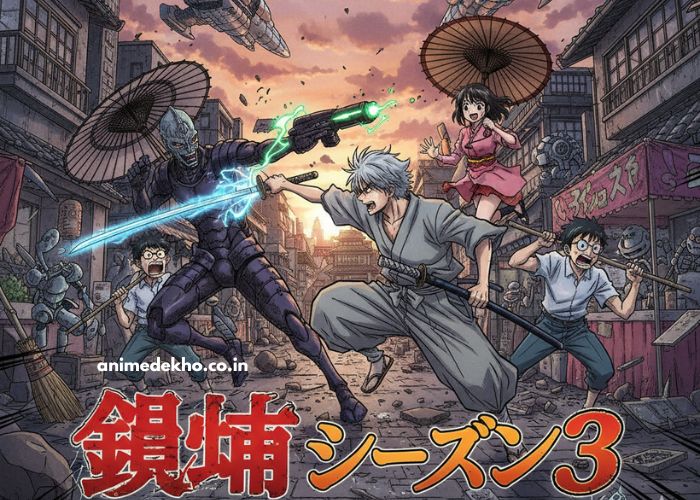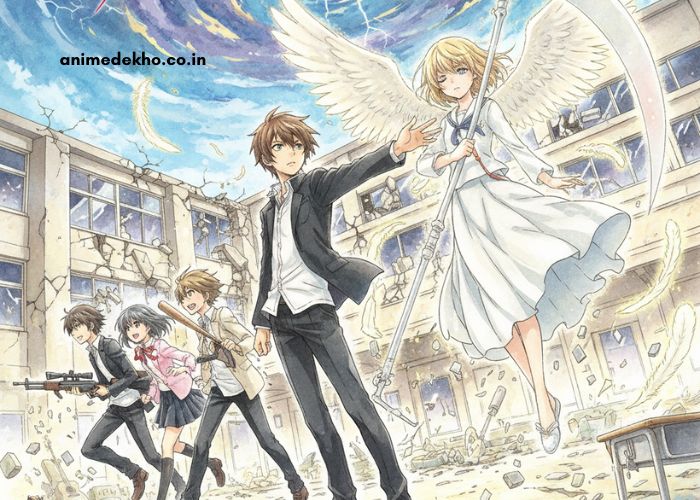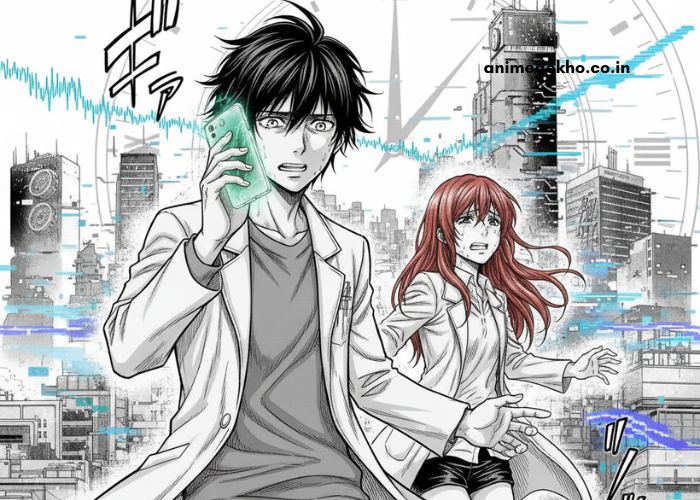| Point | Detail |
|---|---|
| Hero | Kaneki Ken struggles between human kindness and ghoul survival. |
| Villain | Ruthless ghoul opponent symbolizing hunger and violence. |
| Conflict | Kaneki battles physically and emotionally with identity crisis. |
| Theme | Identity, survival vs. humanity, and fear of losing self. |
| Highlight | Dark atmosphere, intense fight scenes, and powerful visuals. |
Tokyo Ghoul is one of the most popular dark fantasy series that bridges horror, action, and emotional storytelling. Created by Sui Ishida, this manhua-style adaptation captures the essence of the original manga while adding fresh perspectives through visual intensity. Each episode explores the fragile line between human and ghoul, showcasing moral dilemmas, violent battles, and the protagonist’s painful transformation. In this article, we focus on a particular Tokyo Ghoul manhua episode, analyzing its plot, characters, themes, and artistic impact.
Plot Overview
This episode highlights Kaneki Ken’s ongoing struggle to balance his human heart with his ghoul instincts. After a fateful encounter with a dangerous ghoul, Kaneki is forced into yet another violent conflict. His journey of survival and identity crisis intensifies as he faces both external enemies and inner turmoil.
The fight sequences in this episode are particularly engaging, blending high-speed combat with psychological depth. Kaneki’s hesitation and fear contrast with his growing power, making the battle more than just physical—it becomes symbolic of his fractured identity.
Main Characters in the Episode
Kaneki Ken
The protagonist continues to evolve, torn between his gentle human side and the violent reality of being half-ghoul. His inner conflict drives the episode’s tension.
Ghoul Opponent
The enemy in this episode represents pure ghoul instinct—merciless, hungry, and violent. Facing this opponent forces Kaneki to question his morality.
Touka Kirishima
Though not the central focus, Touka’s presence reflects the importance of support, friendship, and the shared pain of living as ghouls in a hostile world.
Symbolism
Tokyo Ghoul is more than just battles; it is layered with symbolism. This episode emphasizes:
-
Identity Crisis – Kaneki struggles with his dual existence, representing the conflict of self-acceptance.
-
Survival vs. Humanity – The fight forces him to choose between staying alive or holding onto compassion.
-
Isolation – Ghouls live hidden lives, mirroring the loneliness of those who feel they do not belong anywhere.
-
Power and Fear – Strength comes with consequences, and Kaneki fears losing himself in his ghoul nature.
Artistic Style and Manhua Impact
The manhua adaptation amplifies the dark tones of Tokyo Ghoul. The artwork uses heavy shading, sharp contrasts, and expressive paneling to highlight the horror elements. Fight scenes feel chaotic yet precise, echoing Kaneki’s unstable emotional state.
The manhua’s visual intensity also enhances the grotesque beauty of the ghouls, especially during kagune (ghoul weapon) battles. Each frame immerses readers in a world filled with blood, fear, and raw emotion, making it impossible to look away.
Why Fans Love This Episode
This manhua episode captures everything fans adore about Tokyo Ghoul:
-
Emotional Depth – Kaneki’s inner struggle is relatable and heartbreaking.
-
Dark Atmosphere – The horror elements keep readers on edge.
-
Complex Characters – No one is purely good or evil, adding moral complexity.
-
Unpredictable Battles – Every fight blends strategy, instinct, and emotional weight.
-
Visual Mastery – The manhua style enhances gore, fear, and dramatic storytelling.
Conclusion
The Tokyo Ghoul manhua episode perfectly reflects the series’ core appeal dark storytelling, emotional conflicts, and hauntingly beautiful visuals. Kaneki’s struggles remind us of the fight between who we are and who we might become under pressure. By combining thrilling battles with philosophical undertones, this episode continues to resonate with readers around the world.
For fans of dark fantasy, horror, and psychological depth, Tokyo Ghoul remains a masterpiece that challenges the boundaries of human identity, morality, and survival. Each episode takes us deeper into its world, leaving an unforgettable impact.





